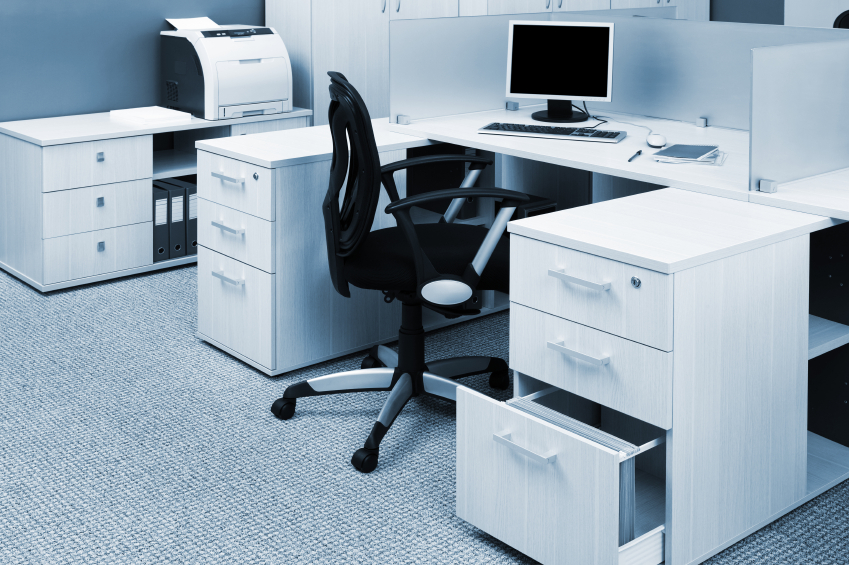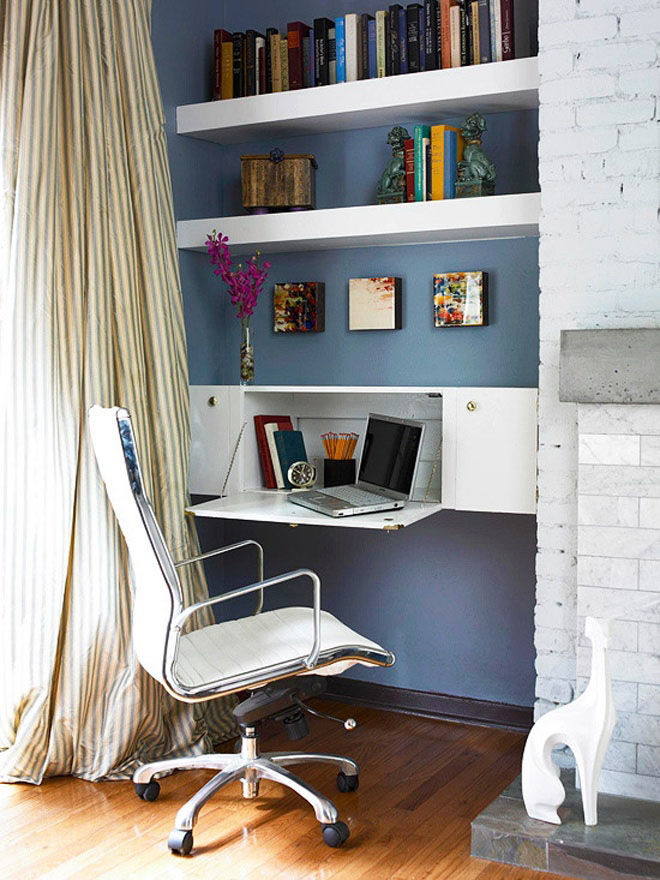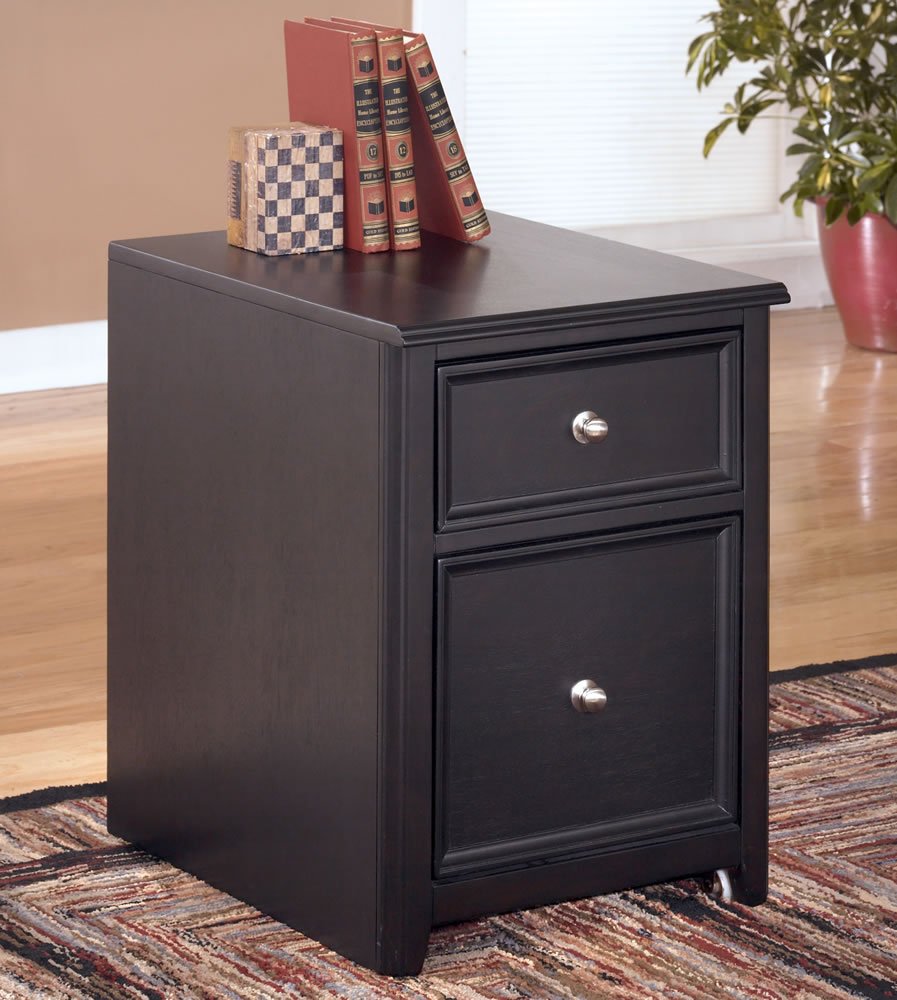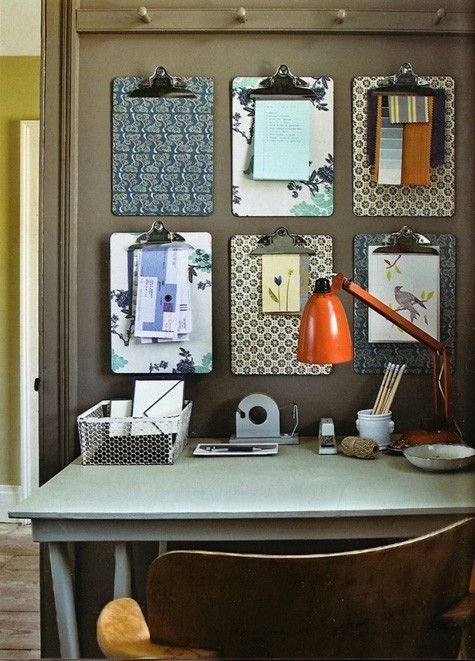A move can significantly disrupt productivity and operations when you are moving into a different, building or rearranging furniture and equipment at your existing premises. One of the most significant components of an efficient office move is the preparation and actual packing of the supplies that are being moved. The best packing materials recommended for office packing are single piece recyclable plastic crates, as they are speedily moved and efficiently packed. All your preparation needs to be completed before you start moving, as packing last-minute items can slow down the move itself and cause safety hazards. Personal items must be moved separately from company-owned articles.
Have a look at these seven packing tips for moving your offices:
1. Smaller office equipment (printers, scanners, etc.)

Avoid packing such items in a crate. These machines must be left on top of a stand or a desk, and loose components such as cables must be removed, packaged in plastic bags and taped to the equipment. Printing or copy machines must be drained from any fluids or liquid.
2. Desks
Desks must be emptied from all loose items before they are moved by the removalists. Stationery items and other loose items must be sealed in envelopes or plastic bags and can be taped to the inside of the desk drawers. Things such as books, company correspondence and other items that are in use must be packed in a crate. Ensure that all glass containers are wrapped in packing paper before packing them in the crate.
3. Bookcases

All contents in bookcases must be placed in book boxes or crates. After everything was removed, take out the shelves and tape them together with removable packing tape. Shelf pins must be removed and packed in an envelope or plastic bag and taped against the back of the bookcase.
4. Upright filing cabinets
Generally, these cabinets are moved together with all the contents, evenly disseminated throughout the cabinet. The internal draw must be tightened to hold all the drawer contents in place. The cabinet must be locked and the key kept in a safe place, but if this is not possible, each drawer can be secured with stretch tape or filament tape. If the file has a punch-in lock, but you don’t have a key for it anymore, make sure you wrap filament tape around the lock mechanism to avoid the cabinet from being locked accidentally.
5. Lateral filing cabinets

The cabinets must not be moved with the contents inside. All the items must be packed neatly in crates, and the drawers are secured with either locking them or with tape as mentioned above.
6. Supply and storage containers
All the contents must be packed into crates and the doors being locked, stretched or wrapped securely.
7. Bulletin board / pictures

Paper items and tacks must be removed, and all small pictures must be consolidated to fill a crate. You can fill empty spaces between the pictures with packing paper to avoid any breakages or damages.


















